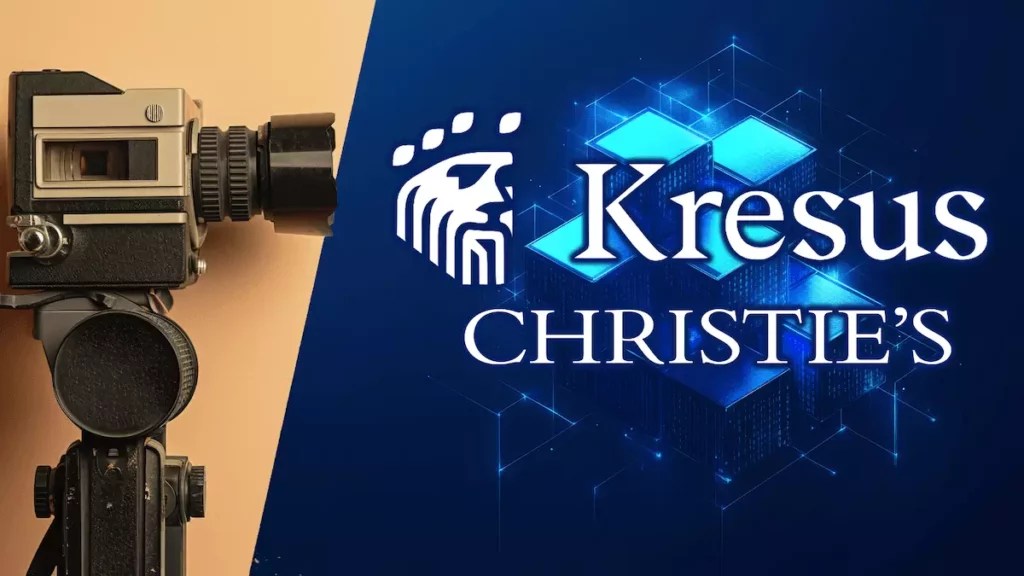In a groundbreaking move within the art world, Kresus, a leading crypto wallet service, has forged a partnership with the esteemed auction house Christie’s to enhance the way art collectors verify and manage their collections. This collaboration marks a pivotal shift in the landscape of art ownership, integrating blockchain technology to establish a new standard for documenting provenance and ownership. As art collecting increasingly intersects with technological advancements, this pilot program aims to address long-standing challenges faced by collectors in maintaining comprehensive and secure records.
The centerpiece of this pilot initiative involves the issuance of blockchain-based certificates of ownership for an impressive array of 132 lots featured in an upcoming auction entitled, “An Eye Towards the Real: Photographs from the Collection of Ambassador Trevor Traina.” Scheduled for October 2 at Christie’s Rockefeller Center, the auction will present collectors with unique digital certificates, uniquely crafted by Kresus for each lot sold. Each certificate is inscribed on the Base blockchain, creating an immutable and secure record of ownership that is easily accessible via the Kresus wallet. This move not only revolutionizes the documentation process but also addresses the opacity that often surrounds art transactions, thereby enhancing the overall transparency and security of the art market.
Trevor Traina, the founder of Kresus and an art collector himself, reveals the burdens that accompany traditional methods of provenance management. “Managing provenance and proper documentation often involves cumbersome paper records stored away in cabinets,” he articulates, underscoring the need for a more innovative approach. By leveraging blockchain’s capabilities, Kresus aims to streamline this process and make art ownership more manageable and accessible for collectors. The integration of technology into this niche not only enriches the collector’s experience but also modernizes an art market that has historically lagged in adopting new tools.
Ambassador Trevor Traina’s collection is particularly noteworthy, revolving around mid-century themes that highlight the contributions of female photographers and the evolution of color photography. The auction will showcase a range of works that feature both post-World War II art and contemporary masterpieces, showcasing the talents of legendary figures such as Diane Arbus, William Eggleston, Robert Frank, and Cindy Sherman. By aligning the physical artworks with digital ownership certificates, the auction aims to ensure an enhanced buying experience that emphasizes the significance and value of the artworks being offered.
Christie’s has eagerly embraced this collaboration, viewing it as a natural extension of its longstanding commitment to authenticity and transparency within the art sector. Nicole Sales Giles, Vice President and Director of Digital Art Sales at Christie’s, expressed enthusiasm about the pilot program. She remarks, “Working with Kresus to offer blockchain-based certificates of ownership reflects our dedication to evolving with the times and enhancing the integrity of the art world.” This sentiment echoes the art community’s growing need for reliable verification methods as the market becomes more competitive and globalized.
This partnership signifies a crucial turning point in the integration of blockchain technology within the art market, as it attempts to make buying and selling art a more secure and transparent process. With a wave of digital transformation sweeping through various industries, the adoption of technologies like Kresus’s certificates of ownership could represent the future of art transactions. As collectors increasingly seek innovative solutions to streamline their experiences, initiatives like this will play a central role in shaping the evolution of the art world, ensuring that it remains relevant and reliable in an ever-changing landscape.
The collaboration between Kresus and Christie’s is not merely about issuing digital certificates but encapsulates a broader mission to modernize art collection practices. As technology continues to progress, the art world stands on the cusp of a revolution, promising an era of greater transparency, security, and accessibility for collectors everywhere.



















Leave a Reply